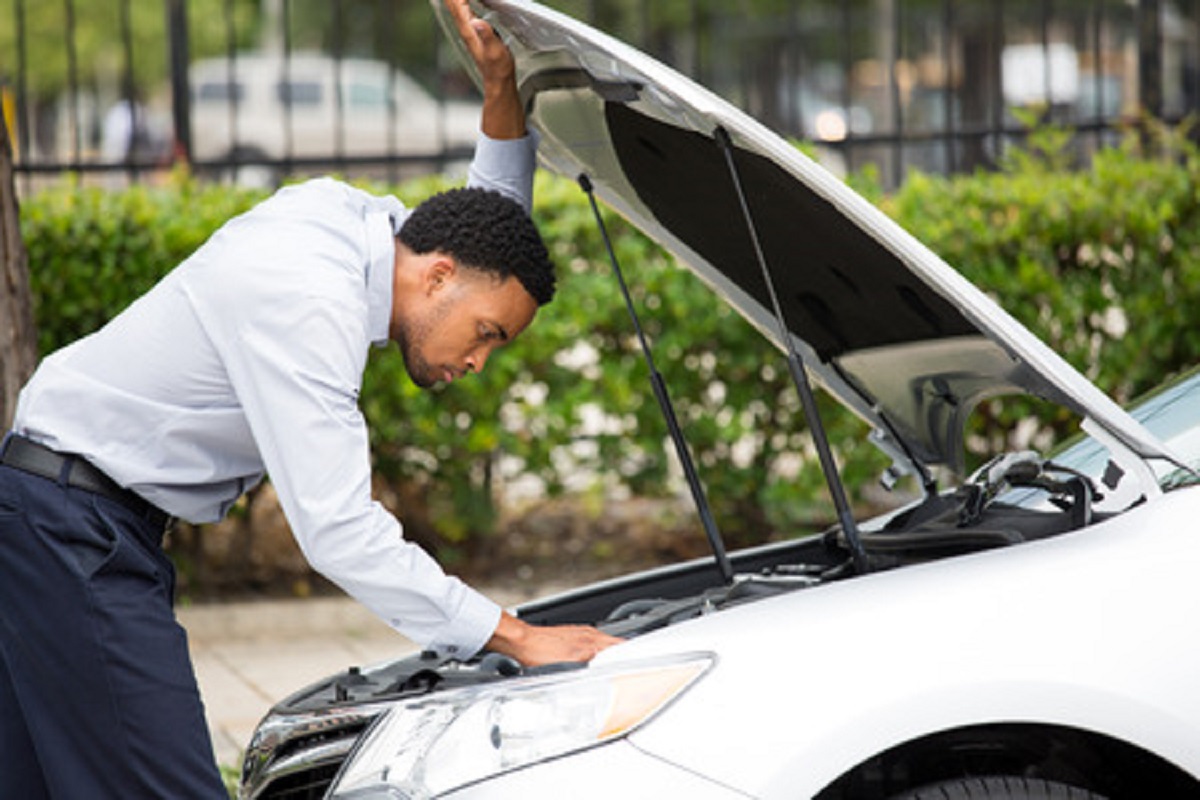In the name of those occasions when that characteristically awful sound starts emanating from the engine—the one signifying your vehicle doesn’t have the electrical power to turn your engine over and is basically dead—a solar panel trickle charger for your car battery can possibly help prevent such frustrating failed starts. These chargers function by preserving a car’s even charge, and they work very simply. For those who might be interested in knowing the pros and cons of such battery chargers, they best keep paying attention.
How These Chargers Work
As to how these solar panel trickle chargers work, a comparatively flat panel with photovoltaic cells absorbs sunlight, transferring the energy via a singular cable connected to your car’s battery. This continuous process maintains the charge, decreasing the possibility of the battery dying and the car not starting. Regular trickle chargers depend on an AC electrical connection, such as a wall outlet, in order to work whereas solar trickle chargers obviously don’t require a plug-in—thanks to the sun.
Pros of Solar Panel Trickle Chargers
These types of solar panel chargers come with various benefits, some of which include the following:
- Self-contained: Being powered via the sun, solar trickle chargers require no outside power source in order to supply the battery with a charge. These models convert sun-absorbed energy into DC power, which is then transferred to the battery immediately, keeping it charged and prepared to start at any time.
- Application: Unlike standard trickle chargers, which require outlets, solar trickle chargers could theoretically work when the vehicle is moving. The charger could conveniently plug into the 12-volt socket in the vehicle’s dashboard while the solar panel is positioned on the dashboard where it can absorb the maximum amount of sunlight.
- All-year use: Solar trickle chargers can typically operate during all-weather scenarios, from below temps to beyond 120 degrees Fahrenheit or even more—meaning it could be freezing or in the middle of summer, but solar trickle chargers will work.
- Lightweight: Weighing about four to five pounds, solar trickle chargers likely do not encumber users very much.
- Versatility: Solar panel trickle chargers are useful for car batteries as well as for personal water crafts, standard boats, ATVs, or any vehicle containing a 12-volt battery. With alligator clips, it’s possible for the charger to attach onto battery terminals directly.
Cons of Solar Panel Trickle Chargers
As with any product, there are a few drawbacks when using solar trickle chargers:
- Size: Because solar panels must be long and wide enough to absorb the right amount of sunlight, this kind of trickle charger has to be at least a square foot or even bigger, making a spot on the dashboard for mounting harder to find.
- Functionality: Trickle chargers cannot recharge dead car batteries—they can only maintain current charges. If a vehicle’s battery is completely drained, trickle chargers will not work.
While each person’s point of view can certainly vary, many have agreed that the pros of solar panel trickle chargers offset the cons. Provided it involves no grid electricity, has a lightweight ease of use, and is relatively inexpensive (between $25 and $70), drivers could benefit from this unusual but still sensible item.
Think you or someone you know is in need of Behind the Wheel Training? Training Wheels is a Linwood driving school specializing in teaching new teen drivers how to stay safe on the road. For more information on our lessons, please click here.
Copyright: atic12 / 123RF Stock Photo

